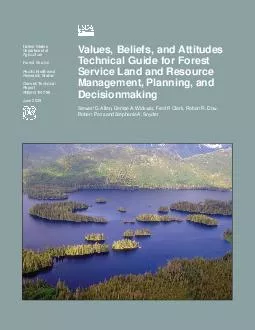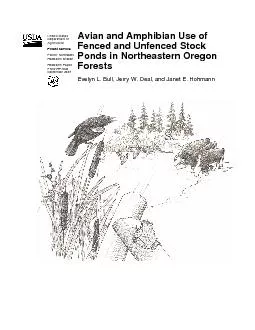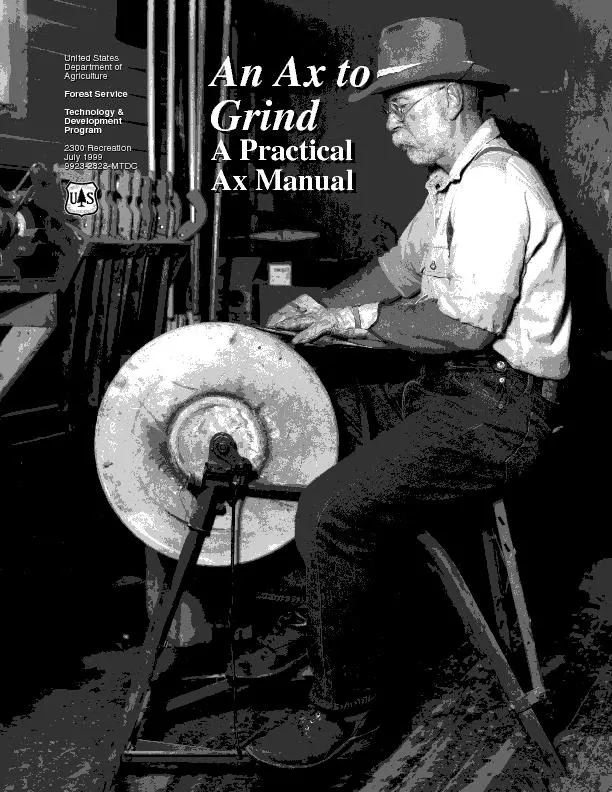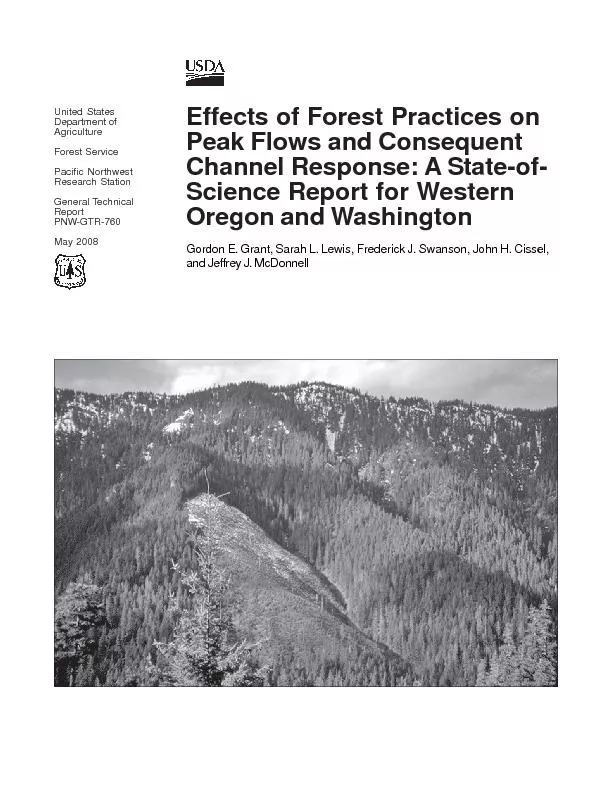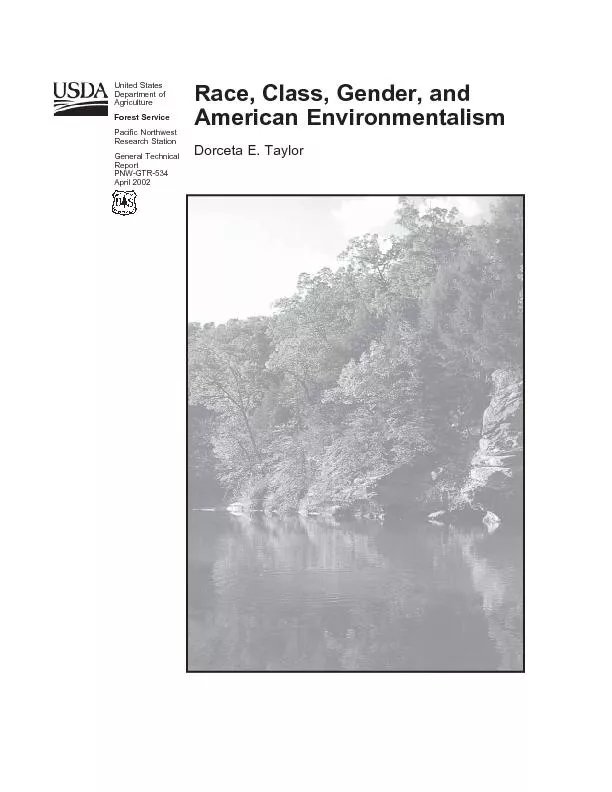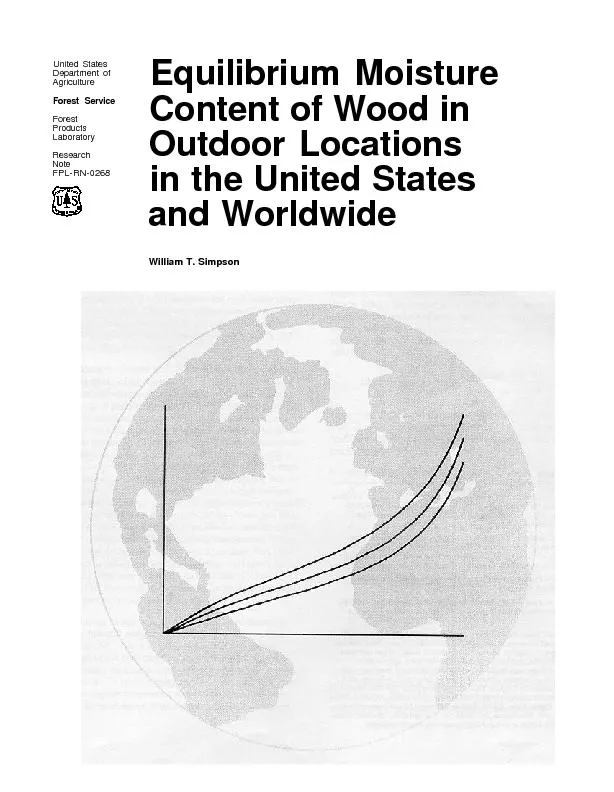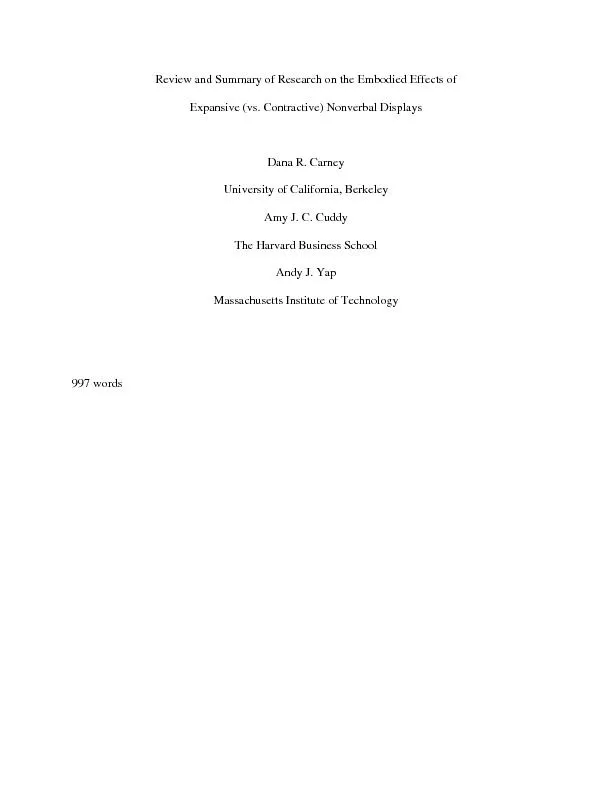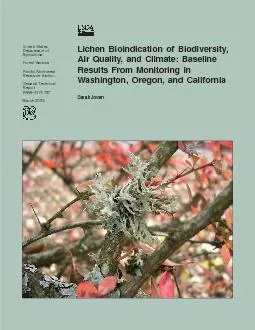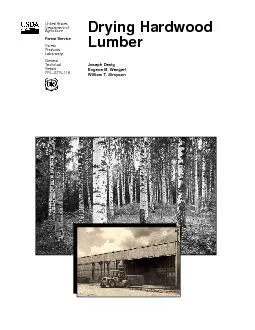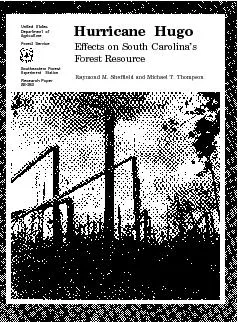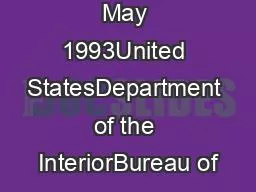PDF-United StatesDepartment ofResearch StationGeneral TechnicalPNWGTR788
Author : davies | Published Date : 2021-10-07
Values Beliefs and AttitudesTechnical Guide for ForestStewart D Allen Denise A Wickwar Fred P Clark Robert R DowRobert Potts and Stephanie A Snyder of the US Department
Presentation Embed Code
Download Presentation
Download Presentation The PPT/PDF document "United StatesDepartment ofResearch Stati..." is the property of its rightful owner. Permission is granted to download and print the materials on this website for personal, non-commercial use only, and to display it on your personal computer provided you do not modify the materials and that you retain all copyright notices contained in the materials. By downloading content from our website, you accept the terms of this agreement.
United StatesDepartment ofResearch StationGeneral TechnicalPNWGTR788: Transcript
Download Rules Of Document
"United StatesDepartment ofResearch StationGeneral TechnicalPNWGTR788"The content belongs to its owner. You may download and print it for personal use, without modification, and keep all copyright notices. By downloading, you agree to these terms.
Related Documents

